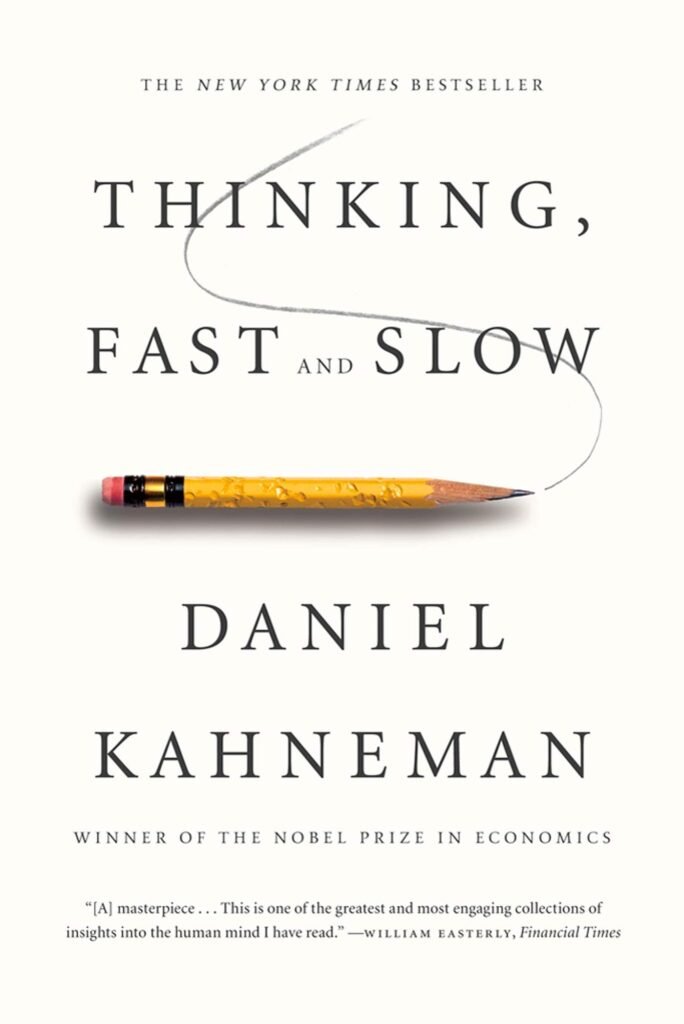
Welcome to the intriguing realm of behavioral economics, where Nobel Prize Winner Daniel Kahneman takes us on a captivating journey through the complexities of human thought. 'Thinking, Fast and Slow' delves into the mechanisms of our minds, offering profound insights into decision-making processes and cognitive biases. But, amidst the wealth of knowledge, can this literary gem truly reshape our understanding of behavior and choices?
Initial Encounters: A Journey Begins
Upon cracking open 'Thinking, Fast and Slow,' one is immediately drawn into a world of intellectual stimulation. The meticulous design and layout of the book set a tone of seriousness, preparing the reader for a deep dive into the intricacies of behavioral economics. Standout features like the well-structured chapters and the compelling 'Speaking of' sections at the end of each chapter pave the way for an engaging and enlightening experience.
Two Systems Unveiled
In 'Thinking, Fast and Slow,' Kahneman introduces readers to the revolutionary concept of two mental systems: System 1, which operates intuitively and impulsively, and System 2, which engages in deliberate reasoning. By dissecting these systems and exploring how they function in tandem, the author provides a comprehensive understanding of human decision-making processes.
Heuristics and Biases Exposed
Delving into the realm of heuristics and biases, Kahneman sheds light on how our minds often rely on shortcuts and preconceived notions when making decisions. By unraveling these cognitive tendencies, readers gain valuable insights into the factors that influence judgment and intuition, ultimately paving the way for more informed choices.
The Two Selves Explored
Through the lens of the experiencing and remembering selves, 'Thinking, Fast and Slow' offers a profound exploration of how our perceptions of past events shape our present decisions. By dissecting the complexities of memory, Kahneman prompts readers to reflect on the ways in which our recollections influence our behavior and choices.
Who Should Embark on this Cognitive Journey?
Designed for the intellectually curious and those eager to unravel the mysteries of the mind, 'Thinking, Fast and Slow' caters to readers keen on understanding human behavior and decision-making. Ideal for psychology enthusiasts, students of cognitive science, and individuals seeking to enhance their critical thinking skills, this book offers profound insights into the workings of the human mind. However, those averse to in-depth psychological explorations or seeking light reading material may find the intricate nature of this book less appealing.
Insights from the Readers' Lens
Drawing from a plethora of user reviews, 'Thinking, Fast and Slow' garners immense praise for its enlightening content and practical examples that make complex psychological concepts accessible. Readers commend Kahneman's ability to elucidate the intricate workings of the mind, offering valuable lessons on decision-making and cognitive biases. While some highlight the time investment required to fully grasp the material, the consensus remains overwhelmingly positive, with readers lauding the book as a must-read for those intrigued by behavioral economics and cognitive psychology.
Upsides:
- Insightful exploration of cognitive psychology
- Accessible format with practical examples
- Valuable lessons on decision-making and biases
Possible Downsides:
- Notes not linked up
- Requires time investment for thorough understanding
Our Verdict
Thinking, Fast and Slow by Daniel Kahneman gets a rating of 4.6 out of 5.
In conclusion, 'Thinking, Fast and Slow' is a must-have for individuals eager to delve into the depths of behavioral economics and cognitive psychology. If you're someone keen on enhancing your understanding of decision-making processes and uncovering the intricacies of the human mind, this book is a valuable addition to your reading list.
For more information and the latest prices, go to: